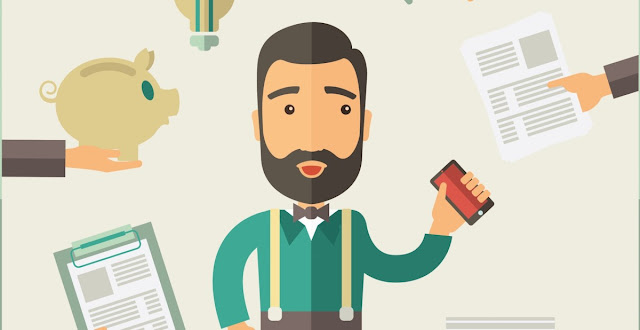
USING CUSTOMER INFORMATION
USING CUSTOMER INFORMATION
Seamlessly gathered information can be used to save costs,
to provide a tailor-made service to individual clients, and to sell
more—often using the internet.
 |
| https://bussinessideas.namanmahajan.com/2019/01/psychographic-profiling.html |
The idea
The American online retailer Amazon.com has redefine book-selling. Its culture appreciates the potential of technology,
with the company using information in four key ways:
1. To minimize risks by analyzing information from millions
of customers to see how and when they purchase, enabling
Amazon.com to reduce the level of risk.
2. To reduce costs by using technology to control the way it manages
its inventory and suppliers.
3. To add value and help customers by offering reviews of books and
free downloadable information, and by treating its home page
as an individual storefront for each customer—for example by
tailoring lists of suggested titles that the customer may enjoy
based on previous purchases.
4. To innovate. Amazon believes that, to rival its competitors, an
innovative approach is essential in order to improve the value
and service offered to consumers.
What matters is not simply what information exists, but how that
information is used to build competitive advantage. Interestingly,
many other retailing companies have now followed Amazon’s lead. For example, Apple’s iTunes and i Store have done for
music retailing what Amazon did for book selling, using many of
the same principles.
 |
| https://bussinessideas.namanmahajan.com/2019/01/psychographic-profiling.html |
In practice
• Treat each customer as an individual. For example, music
retailer iTunes tracks the purchases of individual clients
and provides a customized web-page designed to introduce
a client to new buying opportunities that appeal to his/her
personal taste.
• Use the internet to provide information for the individual—even
if your business does not carry out its primary operations online.
By collecting customers’ email addresses, a business can develop
a highly valuable and intimate marketing strategy.
• Smaller businesses and freelance workers may be able to
research more in-depth information on each client. This can
then be organized into an accessible database, with subheadings
for each client covering all areas of relevant information.
• If your organization is unable to seamlessly track consumer
trends, use incentives such as free products for customers who
volunteer their information. Similarly, you should also provide
rewards for customers who agree to receive information on your
organization—the marketing should be entertaining, lively,
appropriate, and relevant.
 |
| https://bussinessideas.namanmahajan.com/2019/01/psychographic-profiling.html |




0 Response to "USING CUSTOMER INFORMATION"
Post a Comment